The Perendie platform® is a unique digital platform which provides a single joined-up view of everything an organisation is aiming and likely to achieve, do and employ, releases resource for front-line delivery, increases productivity and effectiveness and saves time and money by automating the automatable aspects of leadership, governance and management.
The causal relationships between outcomes, and the order in which things are done, are critical to their efficiency and effectiveness. For example, a better environment and housing improve health, which enables people to learn, which increases prosperity, which reduces crime, which builds communities.
In every organisation, the relationships and dependencies between outcomes, processes, departments, staff, facilities and money are understood intuitively rather than explicitly. Since everyone’s intuition differs, the imperfect and differing knowledge of relationships and dependencies causes rework, error and unnecessary cost, and prevents people ensuring that money is converted into the desired outcomes. The larger the organisation, the greater the inefficiency.
Furthermore, an organisation creates artificial boundaries causing services to be delivered separately by separate organisational units with separate budgets. Separation creates duplication and misunderstandings, and customers have to join up the services themselves to get the outcomes they want.
Better results depend on people knowing whom they need to collaborate with, how to do so, and wanting to do so. It’s also about data relationships. There are so many relationships – between outcomes, risks, performance measures, activities, facilities, finance, customers, producers, society at large and the environment – that information technology is needed to manage them.
By systematically linking everything the organisation needs to do and employ to deliver its required outcomes, the Perendie platform® makes success predictable and enables preventive action, removing the causes of problems rather than repeatedly dealing with their symptoms. Existing roles, products and processes are simplified by reference to the model, and costs are reduced.
The platform exploits a huge unexploited opportunity to reduce cost and improve outcomes simultaneously by enabling leaders to define measurably what they want the organisation to achieve, and allowing staff to say what they will produce and do to contribute to its achievement.
Everyone is asked to state the measurable contribution they will make to the corporate outcomes. The voluntary approach increases commitment and makes use of unused ability. Everyone sets their own status and reward through the significance of the outcomes they commit to deliver. Consequently, jobs are more fulfilling, delivery is unconstrained by red tape and micro-management, and more is produced for less.
The platform provides:
- Integration – everything the organisation needs to produce, do and employ, financially and non-financially, is related and displayed for all stakeholders;
- Inclusion – everyone is empowered and required to say what they will measurably contribute to the organisation, and how they will deliver it;
- Transparency – any stakeholder, internally and externally, can see what everyone intends to employ, do and deliver, and their progress;
- Predictability – the causes of success are identified and the probability of people achieving their outcomes is predicted.
Leadership
The platform provides leaders at all levels with a fast and effective way of communicating the strategy. They decide which outcomes the organisation needs to deliver, how their delivery will be measured and predicted, the rewards accruing to each outcome on delivery, and the risks which may prevent its delivery. They set the future direction of the organisation, defining tomorrow today.
Alignment
Successive levels of the organisation are empowered and required to say what they will contribute to the delivery of the higher level outcomes, what they will do to achieve their outcomes, and what resources they therefore need to employ, so aligning themselves with the strategic outcomes.
A holistic view
The consequence is a single joined-up view of everything the organisation is aiming and likely to achieve, do and employ, arranged in a hierarchy of outcomes. Everything the organisation needs to produce, do and employ is causally linked at all levels.
Management
Each outcome has one or more customers and one or more producers. The customers are the people who need the outcome, and hold the budget for it. The producers are the people who are carrying out the activities to produce the outcome, and will receive the reward when it is delivered. The outcome hierarchy replaces the traditional management hierarchy, removing its cost and bureaucracy, and becomes the career path for all employees. It creates self-managing teams, empowering people and releasing managers to be producers. It creates one team, removing organisational divisions.
Remuneration
Remuneration is determined by the level an outcome occupies in the outcome hierarchy. Higher outcomes are remunerated more highly than lower level outcomes. The platform measures delivery objectively, valuing everyone for what they contribute and reducing the risk of prejudice and bias.
Motivation
People are recognised and rewarded for the delivery of their outcomes, which increases motivation. Since the delivery of outcomes is measured objectively, people trust the platform to reward them as they deserve.
Career development
The ability to self-select allows people to further their careers and fulfil their potential by applying to contribute to increasingly important outcomes, which makes the most of their abilities, gives them a ladder they can climb and a career they can develop; facilitates succession planning, and helps to retain the people the organisation needs to retain.
Recruitment
The customers decide whether a potential producer can deliver the outcome s/he has applied to deliver, and recruit people from outside the organisation if there no qualified internal applicants. The platform allows potential recruits to apply to contribute to any of the outcomes the organisation is trying to achieve. The ability to select which outcomes to apply to produce increases the suitability of candidates, and reduces recruitment effort, time, cost and failures.
Transparency
Any stakeholder, internally and externally, can see what everyone’s producing and what’s likely to happen, motivating productivity and increasing the cost-effectiveness of governance, reporting and audit.
Predictability
The platform identifies the causes of success and predicts the probability of failure in time for people to take preventive action, preventing problems instead of reacting to them.
Governance
The transparency and predictability of the platform gives leaders far greater control over the organisation, assurance that the outcomes will be delivered, and the ability to prevent problems. It releases time they used to spend leading, governing and managing, enabling them to focus on growing and leading the organisation into the future.
Savings
The platform leads people to challenge their current deliverables, ways of working, initiatives and resourcing, stimulating innovation, simplifying processes, removing bureaucracy, reducing cost and releasing resource for front-line delivery. It automates the automatable aspects of governance, leadership and management. It integrates all management processes into a single process and platform, reducing cost.
Risk management
Risk is managed by identifying the causes and effects of each outcome, the contributory outcomes, the key risk to each outcome, a predictor indicator, and the activities required to mitigate the risk.






